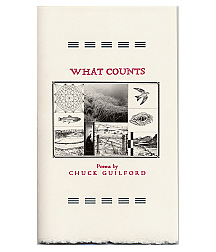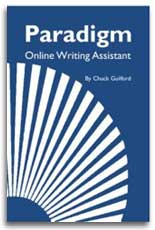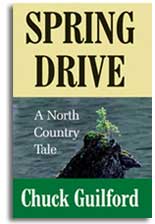A metaphor makes a comparison, and in doing so shapes our perception. If we say, "Time is a river," we're noting a certain similarity between the two. Yet we know they aren't identical. We may mean that time is fluid, has currents and eddies, empties into some vast ocean, but not that it's composed of water. If we say, "Time is a stone," we may mean it's silent, still, indifferent, but not that it's a mineral.
A metaphor has two parts: a tenor and a vehicle. The tenor ("time" in the example above) is the subject of the comparison, and the vehicle ("a river," "a stone") is the image to which the subject is being compared. And though we know the metaphor's two parts aren't identical, so close is their association that something of the vehicle rubs off and influences our perception of the tenor. For instance, instead of merely starting a new computer program, merely starting a we can now click a mouse on a hot spot and open a window.
. . . instead of merely starting a new computer program, we can now click a mouse on a hot spot and open a window.
Because of this power to shape perception, metaphors are important to writers. While novice writers on a hotspot and may see metaphors as ornamental or decorative, more open a window. experienced writers use them structurally, sometimes extending and exploring a single metaphor throughout an entire work. Occasionally such an extended metaphor will be submerged. That is, the vehicle will be only partially visible beneath the surface of the writing. For instance, notice how, in the two previous sentences, writing (the tenor) is compared to a lake or pool (the submerged vehicle).
You might use metaphor to clarify central concepts or to connect parts of an essay. You might also think metaphorically about your essay's overall planning and design. For instance:
This essay will be a thunderstorm: first a sunny sky with a few light clouds and some stirring of leaves, then a sudden drop in air pressure as the clouds join and build into thunderheads (driving rain, thunderclaps, lightning), brief but intense and frightening until the storm blows off east and leaves behind a few broken tree limbs, water flowing down the streets, the grass green and vibrant, the air moist and cool.
Activity
5.7 Write up an extended metaphor like the example above, describing an essay you'd like to write or are currently working on. Try submerging the extended metaphor in the essay itself by incorporating specific images and details whenever appropriate.




